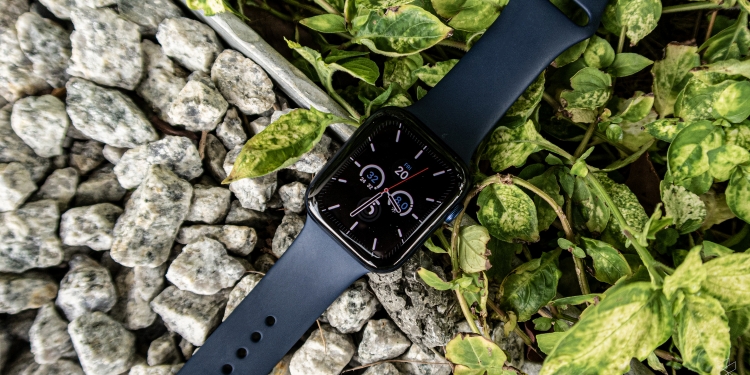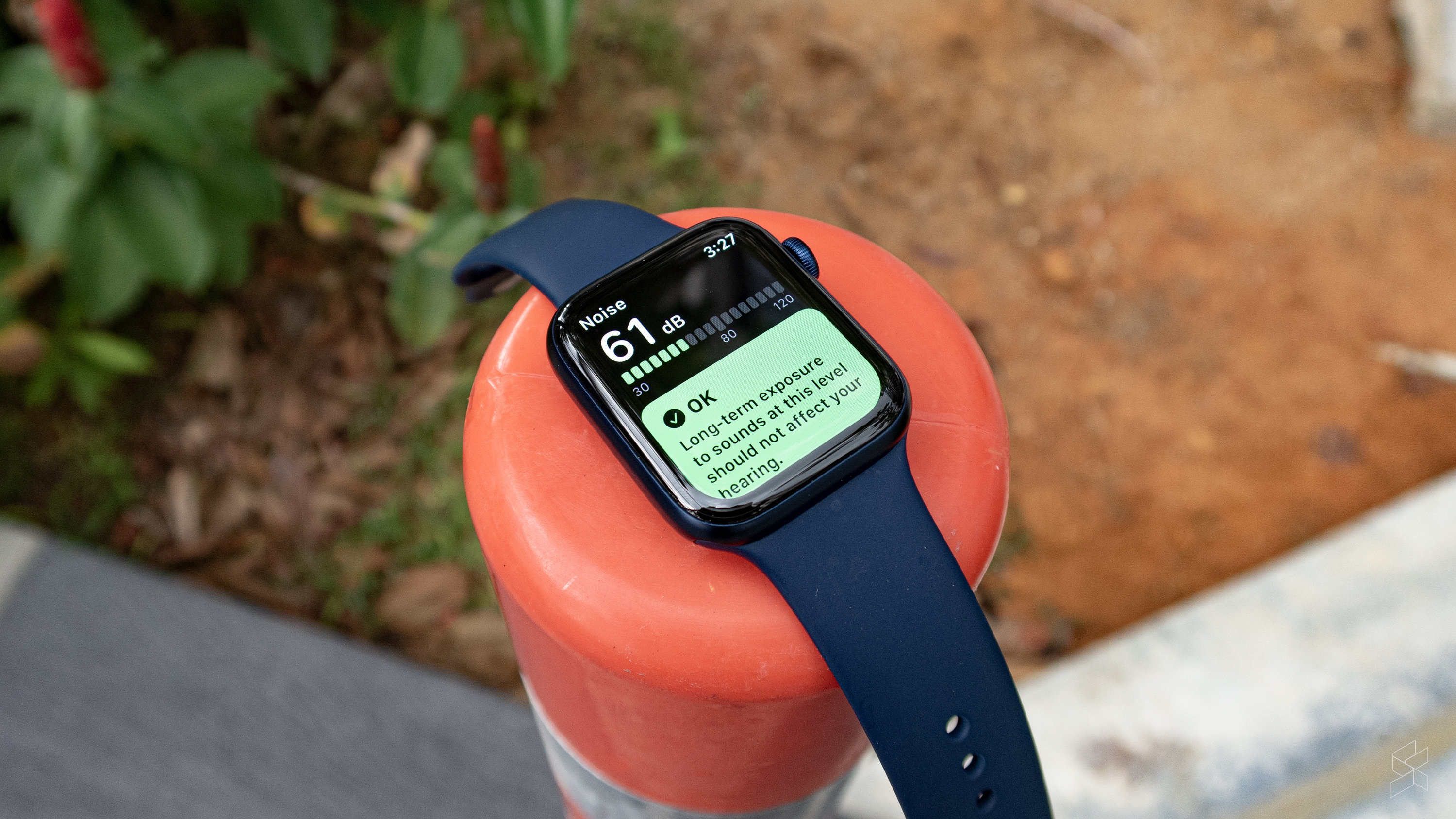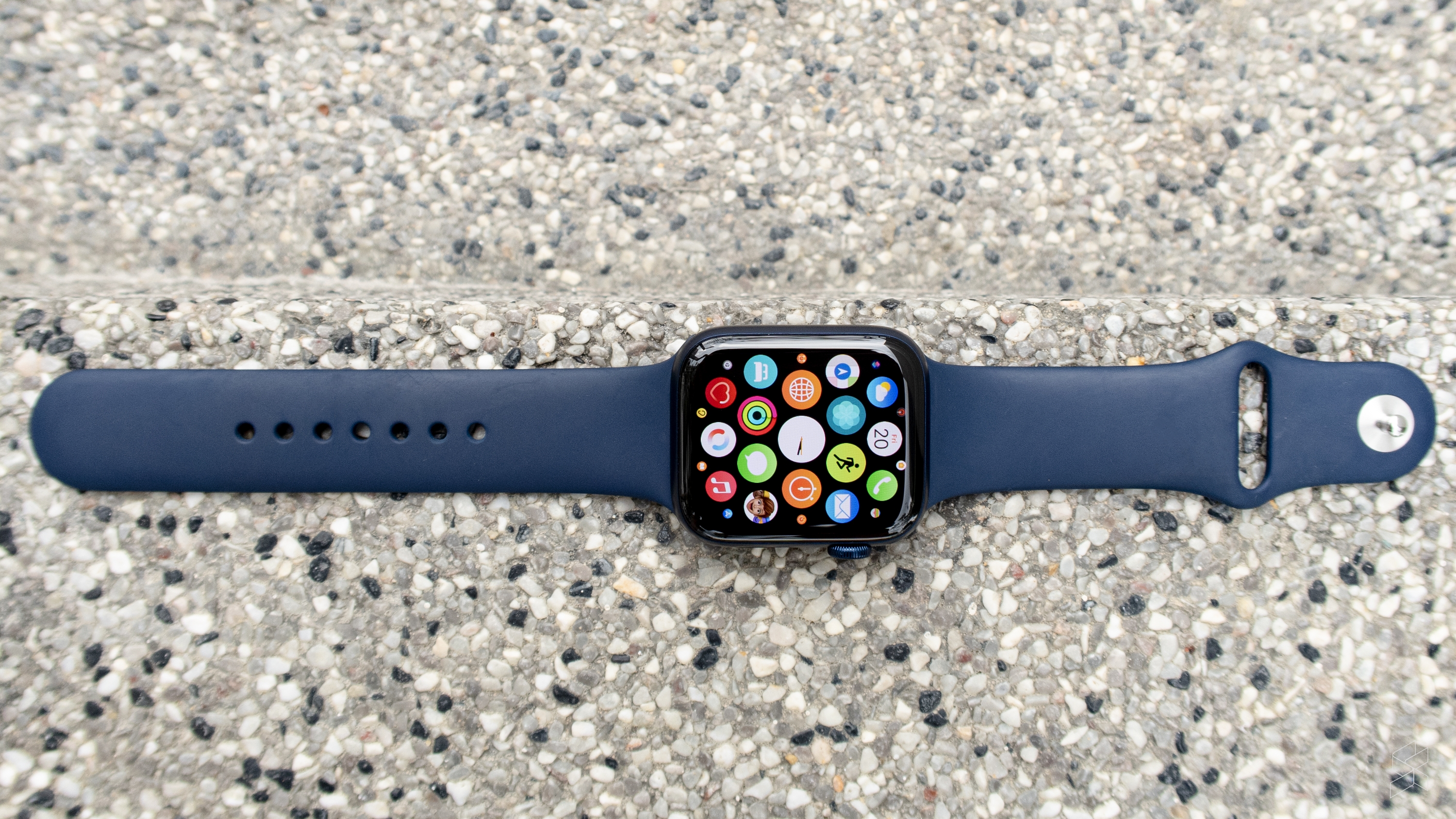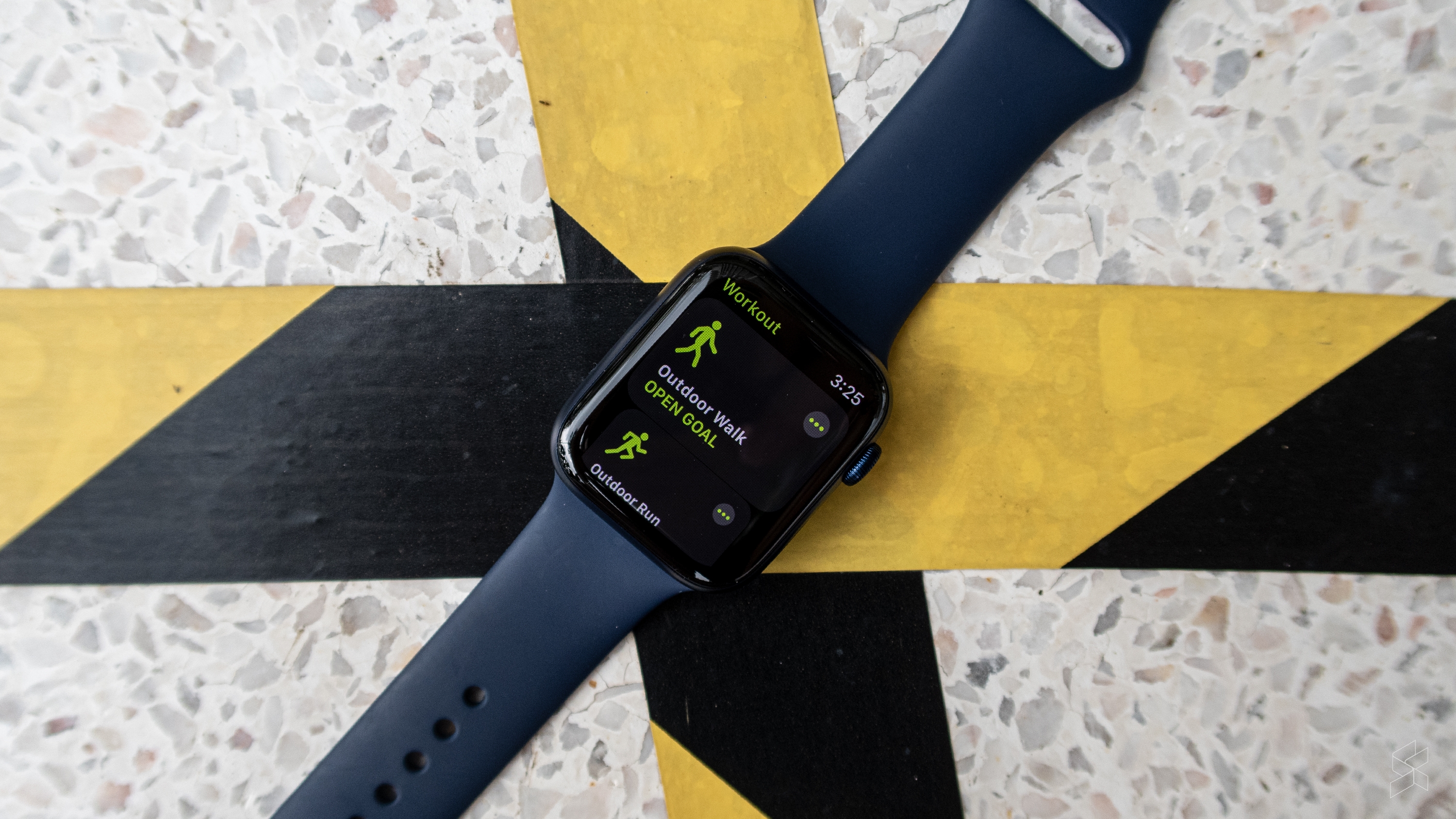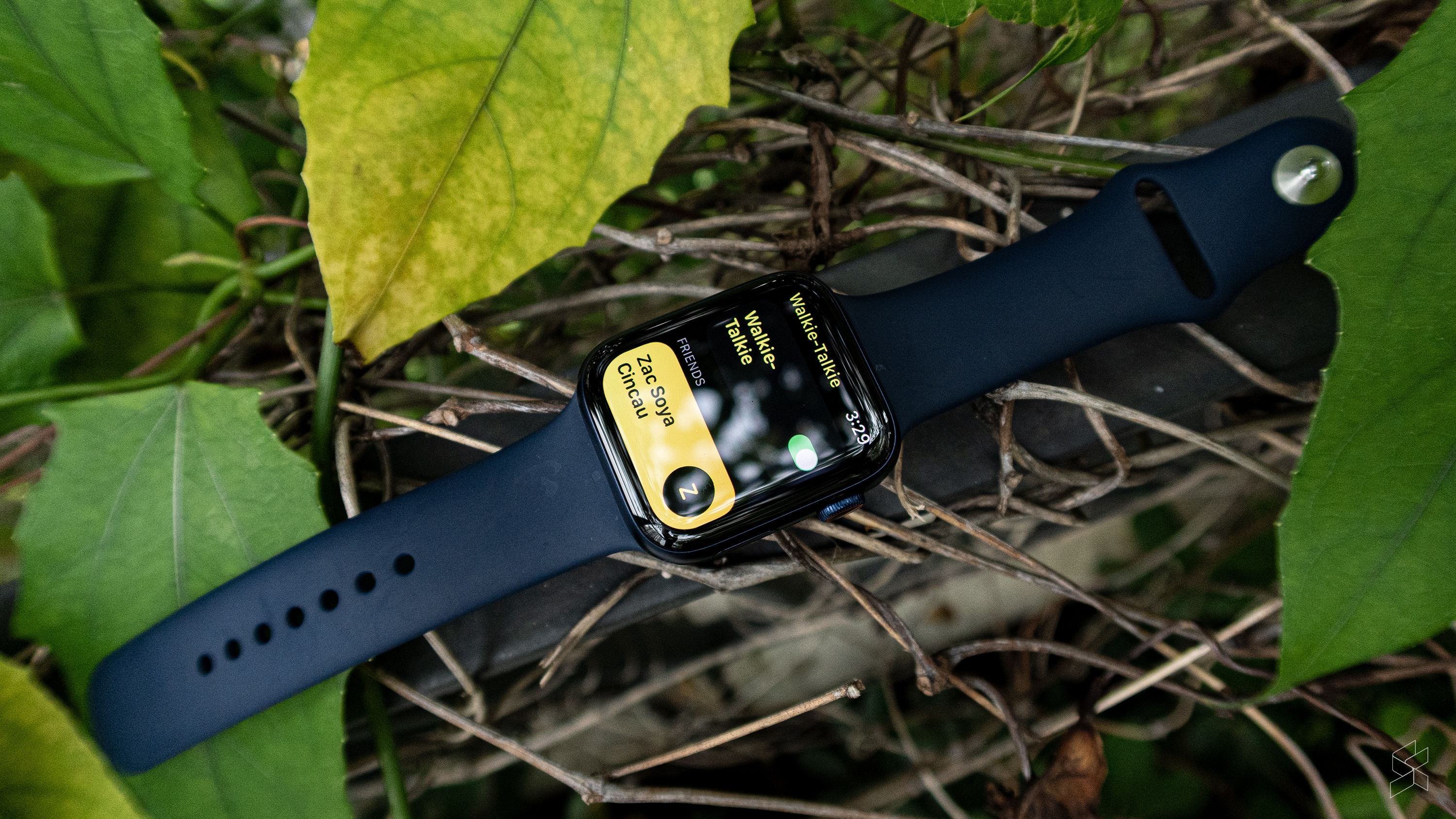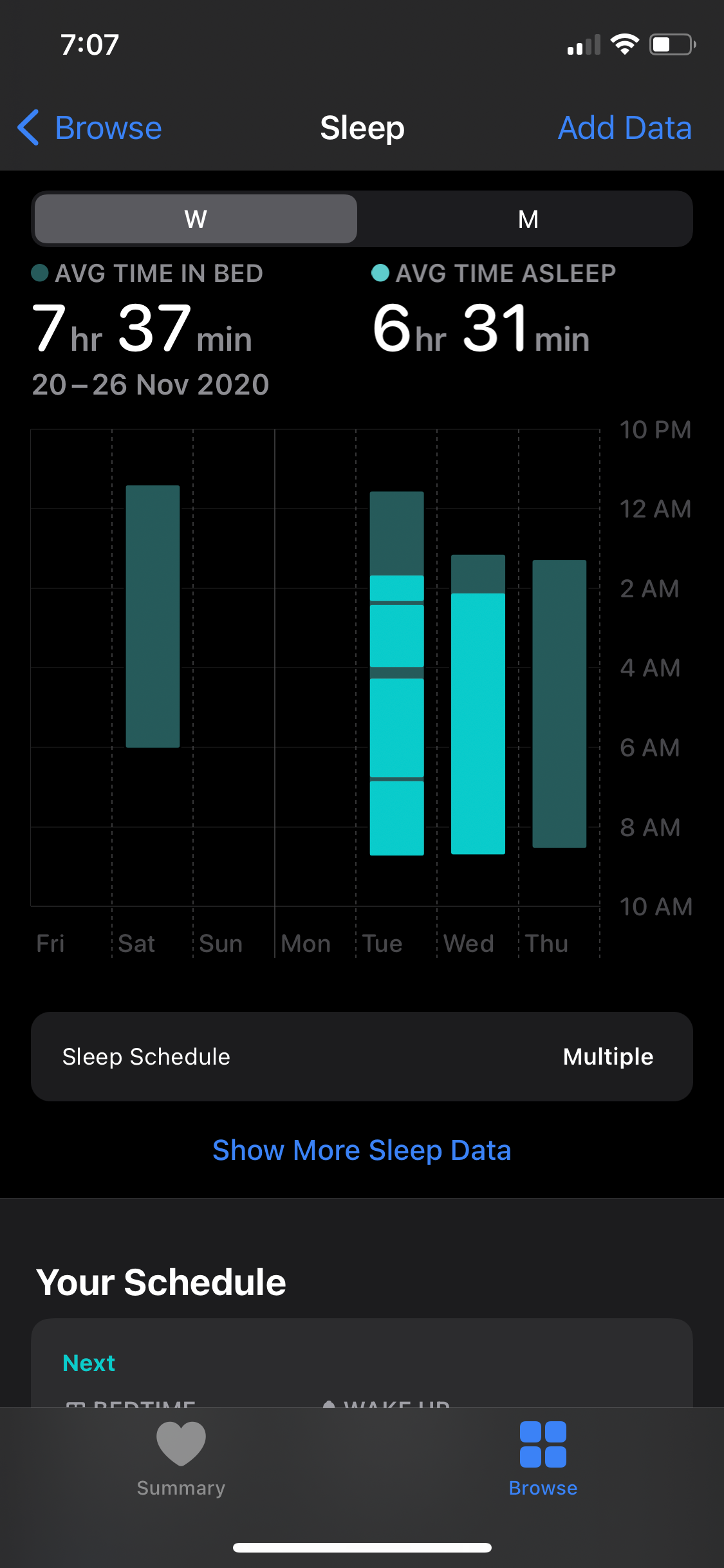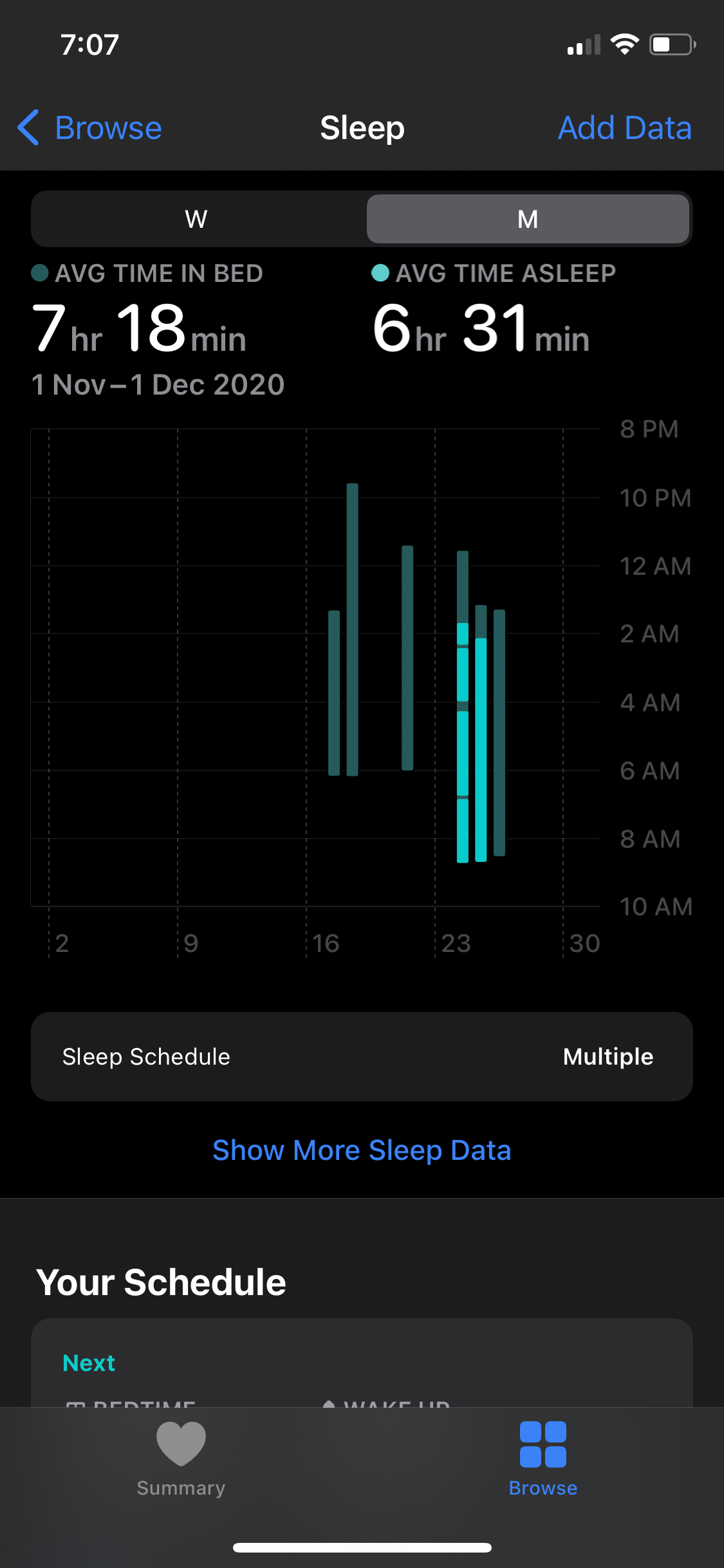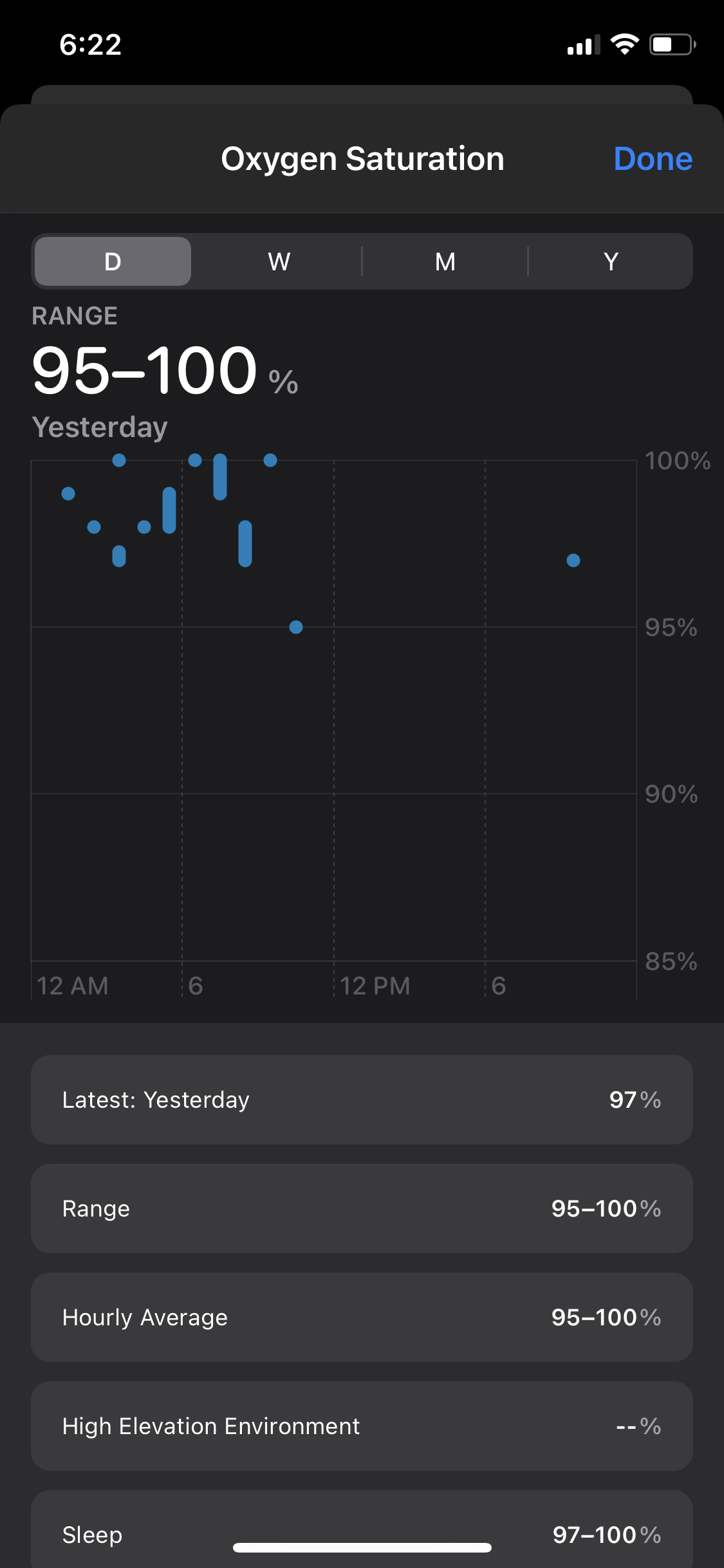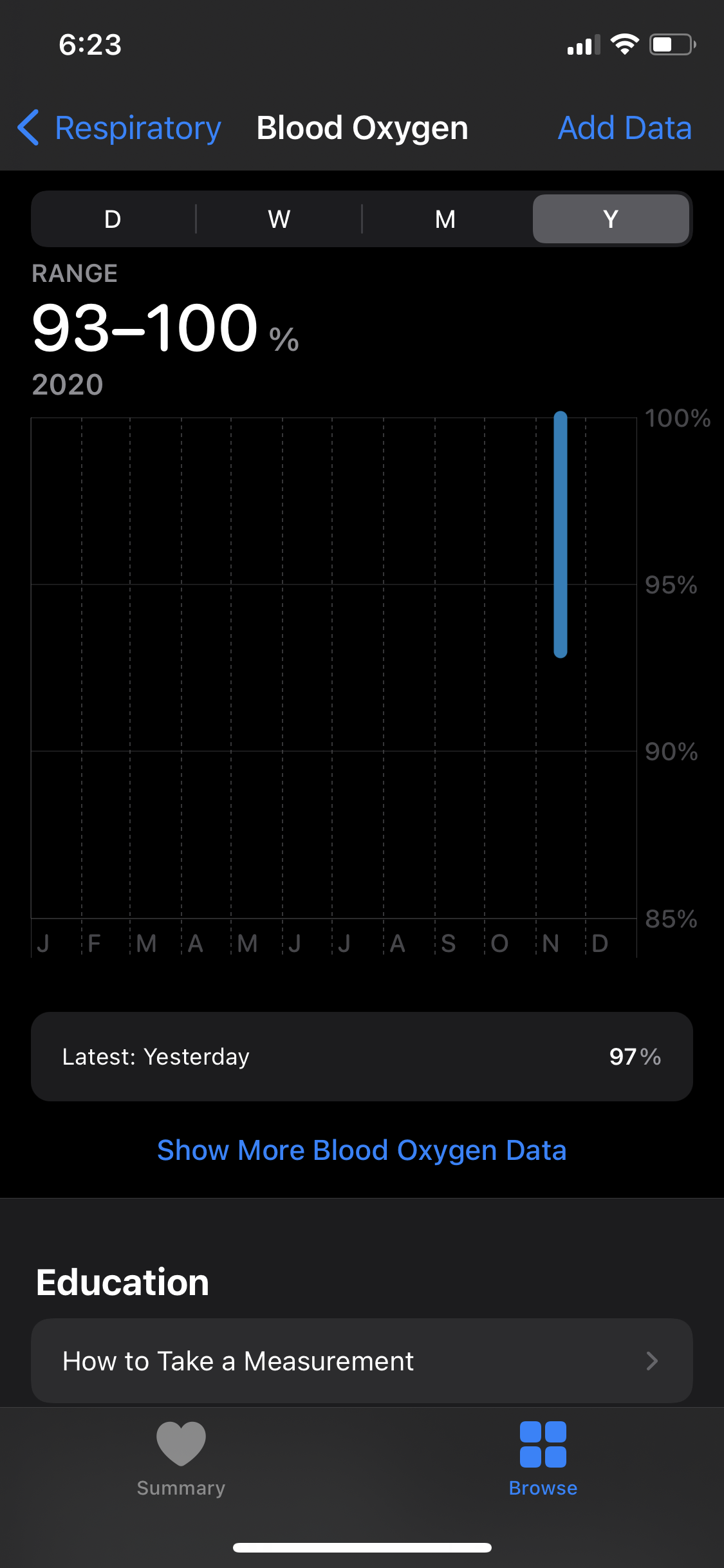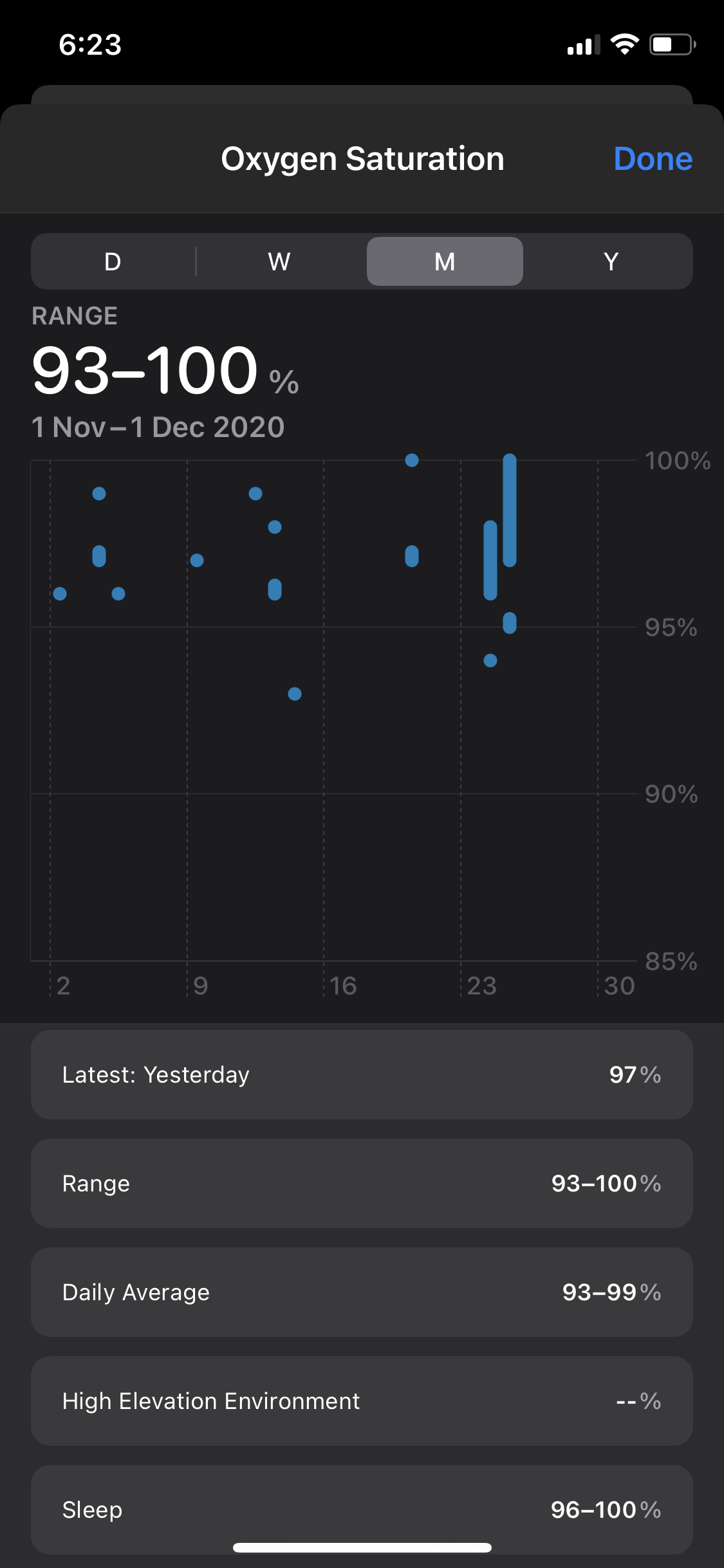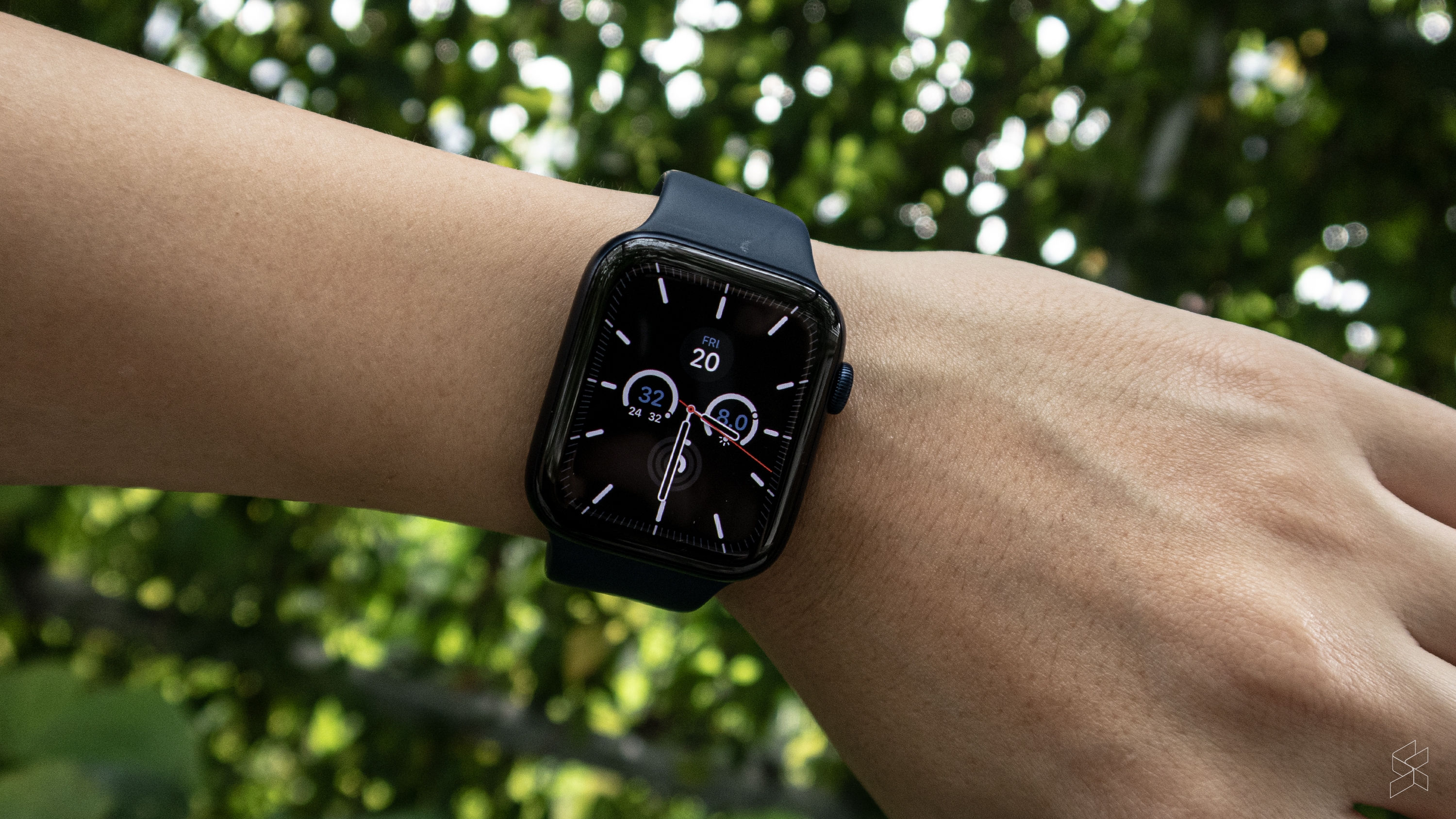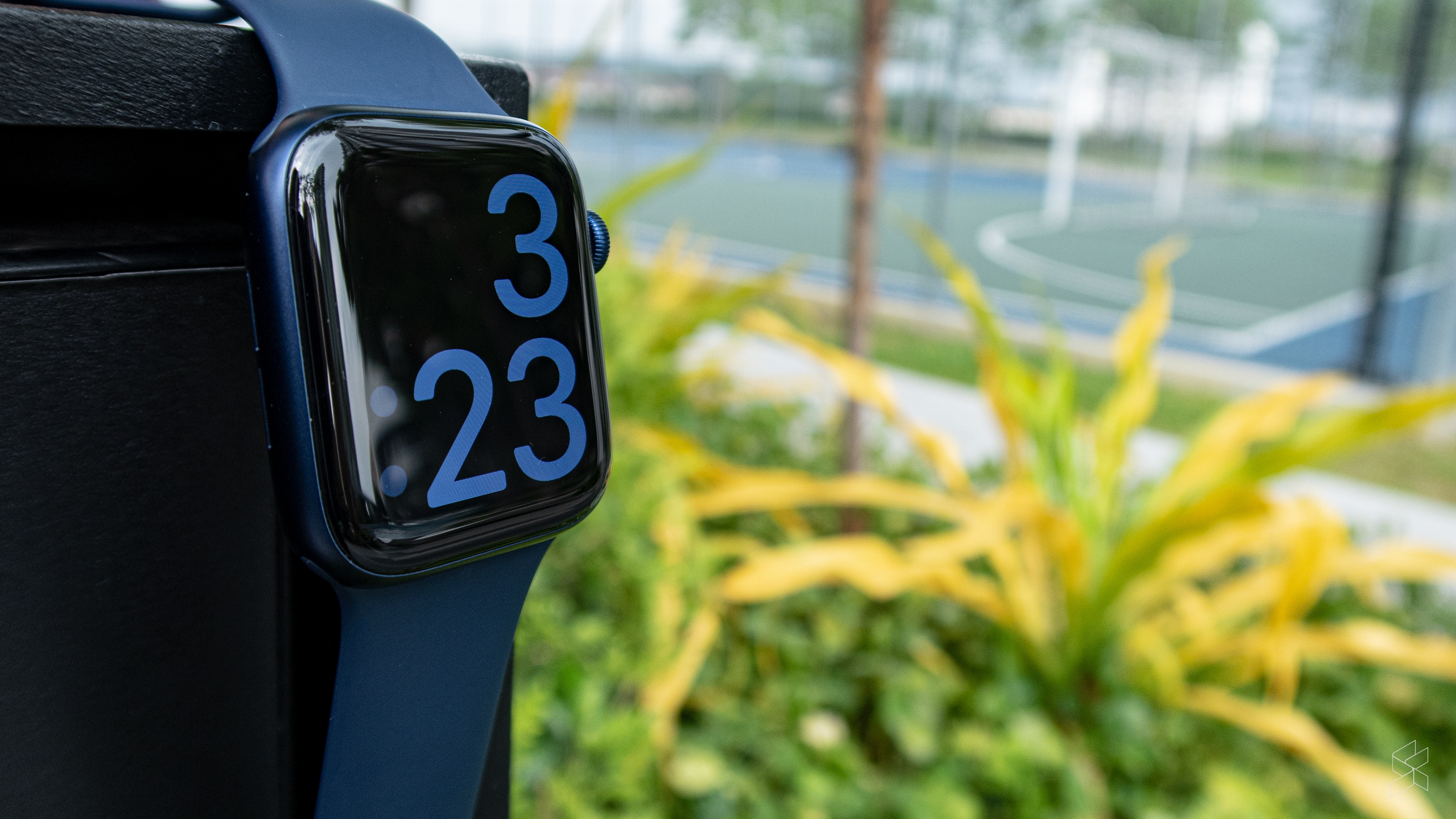When Apple sent over a review unit of the Apple Watch Series 6, I was intrigued. This was, after all, the very first time that I would be extensively using an Apple Watch—in part, because of my preference for Android smartphones in the past. As we all know, the Apple Watch only works with iPhones, and that doesn’t look like it’s going to change anytime soon.
This isn’t the only new wearable from the company, of course. There’s the “affordable” Watch SE, priced at RM550 below the Watch Series 6, which offers most of the same features, and even hardware. But the Series 6 is undeniably the top-of-the-line option, where you get the Always-On display, as well as an ECG function (that doesn’t work in Malaysia, unfortunately).
The Apple Watch is generally regarded as the most polished smartwatch experience available today, and I wanted to know one simple thing: why?
WatchOS 7, and all that it offers
The answer was almost immediately apparent to me. When you set up the Apple Watch for the first time, pairing it with your iPhone is as simple as bringing your wearable close to your phone—just like all of Apple’s accessories. This seamless pairing experience isn’t really something that you get with most other smartwatches.
Once I was set up, getting used to the WatchOS 7 UI was a really intuitive process, which has always been one of Apple’s major strengths with its devices. Something I also liked was that the Watch app on your iPhone gives you the option to automatically install compatible Apple Watch versions of your iPhone’s apps.
Meanwhile, stuff like watch faces and customisation options look great on the Apple Watch. Thanks to the optimised nature of watchOS 7, every watch face looks perfectly scaled on the vibrant Retina LTPO OLED display. Apps are plentiful as well—or at least, compared to other smartwatch app stores.
Features like automatic sleep tracking and voice-to-text replies also work flawlessly. Sleep tracking is new to watchOS 7 (which means that you get it on older compatible models as well), and for the most part, it works well in tandem with the iPhone’s bedtime settings. I really like how seamless Sleep Mode feels, for one thing, with both the Apple Watch and my iPhone simultaneously going into a do-not-disturb state when it’s time to hit the sack.
There is a caveat to this, however. Sleep tracking data on the Apple Watch isn’t anywhere near as detailed as something you’d get from a specialist wearable from Fitbit or Garmin. There isn’t any info on sleep stages, nothing of the sort. Instead, you get a simple overview of the length of your snooze, and moments where you might have woken up in the night.
Overall, I like that there’s already a tonne of functionality via native apps, right out of the box. Nifty apps like the Camera Remote and the Walkie Talkie just add a lot of fun and function to the Apple Watch, and I was suitably impressed.
Blood Oxygen, and what it means
Fitness monitoring has been improved, with a new SpO2 sensor being that measures the oxygen saturation of your blood. Apple talks a lot about this and the Blood Oxygen app, but in reality, this is something that many smartwatches can do—often at a cheaper price point.
An interesting add-on to that: Apple is in the midst of conducting health studies to examine how blood oxygen readings can be used to manage asthma, flu, heart failure, and detect early signs of respiratory illnesses such as COVID-19. Right now, however, the Apple Watch Series 6 won’t provide anything as detailed as that. Instead, it automatically tracks your blood oxygen level at intervals throughout the day.
Your readings should look something like this on the Health app on your iPhone:
As expected, there’s a wide range of workout modes you can use, and auto detection is available for some of the more commonly-used modes. It’s worth noting that you have access to the same workout modes on other models that run watchOS 7—including the Watch Series 5 and the Watch SE—so the main thing that you’re getting on the Series 6 is blood oxygen tracking.
Lightweight… but not too lightweight
As my colleague Rory regularly says, he likes his devices to be light, while still retaining a certain amount of heft. It’s all about the construction of the device, really, and this is particularly important when it comes to smartwatches.
The Apple Watch Series 6, in this regard, feels really, really good in the hand (and on my wrist). I’m using the aluminium body 44mm variant, which weighs in at 36.5g without the straps. If you compare it to its most direct competitor, the Galaxy Watch 3 is a lot heavier at 53.8g without the straps, although that uses a stainless steel body instead of aluminium.
In any case, that’s still heavier than the stainless steel version of the 44mm Apple Watch Series 6 at 47.1g.
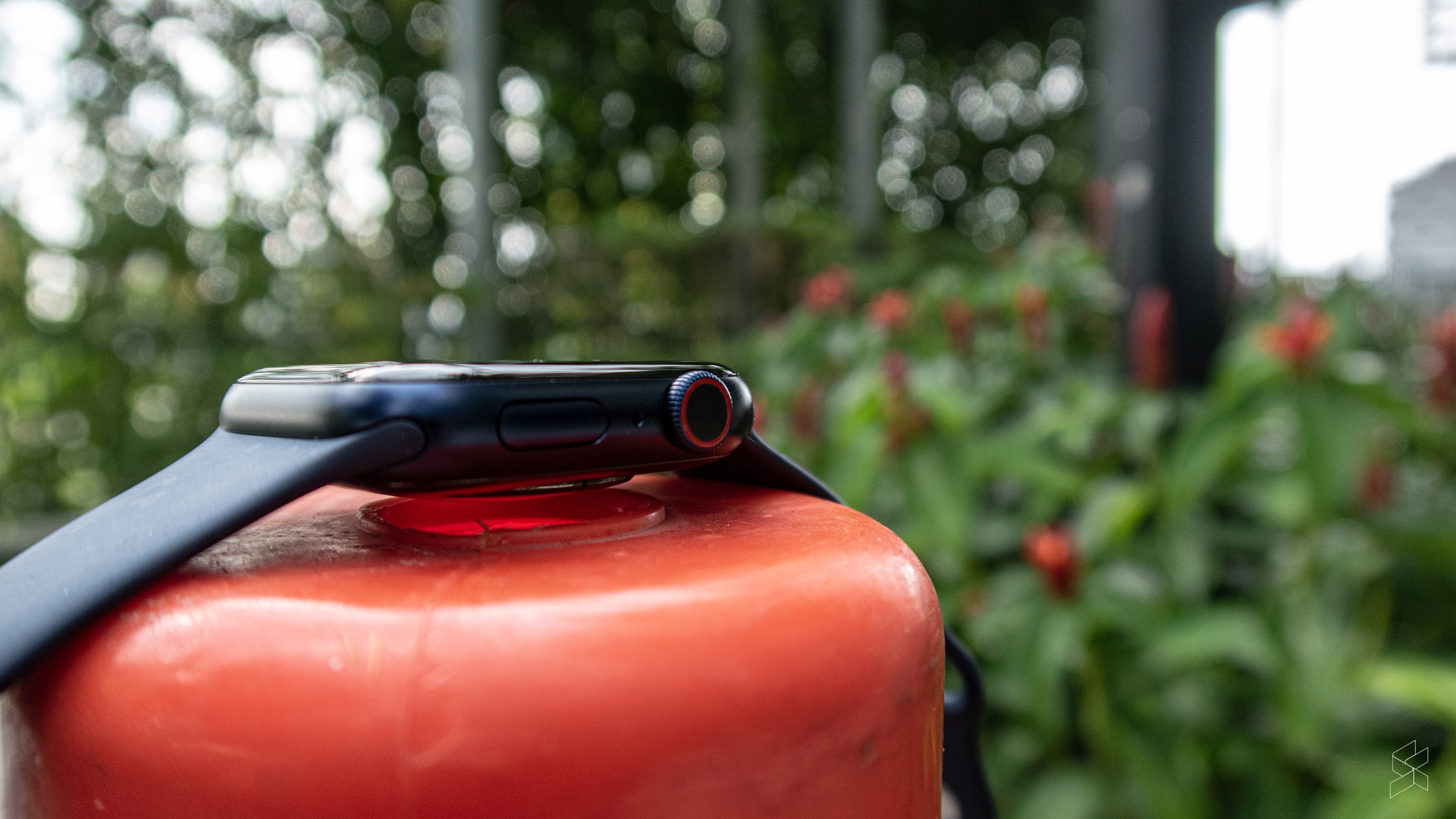
As I said, the build of the device also plays a big part in its look and feel. Like previous generations, this is where the Series 6 excels. The digital crown has a nice amount of resistance to it, which helps when you’re using it to scroll through small pages of information on the display. Basically, everything feels well put together in a nice, solid package.
There is one thing that annoyed me, however. I know this is what a lot of smartwatch-makers are doing with their wearables, but I’m not a fan of how difficult it is to put on the Sports Band. It takes me two hands—and a knee—to get it on every morning, so you might want to look at alternatives instead.
What about the Watch Series 5 and SE?
Something worth considering is the fact that the Watch Series 6 isn’t actually all that different from its predecessor, the Watch Series 5. It looks practically identical—same screen size and resolution, same brightness, and almost the same dimensions (the Series 6 is slightly slimmer).
Of course, there are still a couple of upgrades, such as the new blood oxygen sensor, the new S6 processor, as well as the U1 ultra-wideband chip (also integrated into the iPhone 12 series).
This chip supposedly offers spatial awareness capabilities to your device, but for now, it appears to be limited to improved AirDrop connectivity. Still, with rumoured future devices like the AirTags that could utilise this, I suppose it’s good to have a future-proof wearable.
It’s a similar story if you compare the Series 6 to the Watch SE. Same display, same size, same battery life, and near-identical looks; the differences being the S6 (because the SE is still powered by the S5 processor) and U1 chips, and blood oxygen monitoring. However, the Apple Watch SE does not have an Always-On display (unlike the Series 5), if that’s a big deal to you.
Verdict: If it ain’t broke, don’t fix it
Overall, the Apple Watch Series 6, priced from RM1,749, isn’t groundbreaking by any means. But it doesn’t really need to be. Like its predecessor, it is still the dominant smartwatch in the market today (largely due to watchOS 7), and to be utterly frank, competitors in the mainstream smartwatch market like Samsung have a lot to do to catch up.
There’s only one thing that I would have liked to see improve: battery life. The Series 6 has a rated battery life of around 18 hours—the same estimate for the Watch Series 5 and the Watch SE. I found the estimate to be more-or-less spot on, but it pales in comparison to smartwatches like the Honor Watch GS Pro that offer up to 25 days—albeit on a lightweight OS that doesn’t come close to watchOS 7 in terms of functionality.
Still, I’d have liked to see a two-day Apple Watch, particularly with Apple bringing over native Sleep Tracking on watchOS 7. Instead, you’re probably going to have to squeeze in a quick charge before bed if you want to wear the Apple Watch to sleep—which can be really annoying.
So, we’ve established that the Watch Series 6 is still one of the best smartwatches you can buy in the mainstream market. But if you’re a serious athlete (or you’re aspiring to be one), it might be a good idea to consider a specialist sports watch from guys like Garmin or Fitbit instead. Those usually offer longer battery life, as well as advanced metrics such as Garmin’s Body Battery feature.
But for most regular users, this is the smartwatch to get in 2020.
If you already own the Watch Series 5, I’d advise you to wait till the next generation before you upgrade. Unless, of course, you need blood oxygen monitoring, and you can’t stand not having the best Apple Watch you can buy. Another option is to go for the Apple Watch SE which is basically a Series 5 without the Always-On display and an ECG sensor. Plus, it also comes it at a far more affordable starting price of RM1,199.
Ultimately, it’s a case of this: if it ain’t broke, don’t fix it. But then again, I guess Apple doesn’t really need to come up with any revolutionary ideas for the Apple Watch just yet—it’s already that far ahead of its competition. Genuinely, nothing comes close in terms of how polished everything feels.
Photography by Nic Ker with the Canon G7X II.

